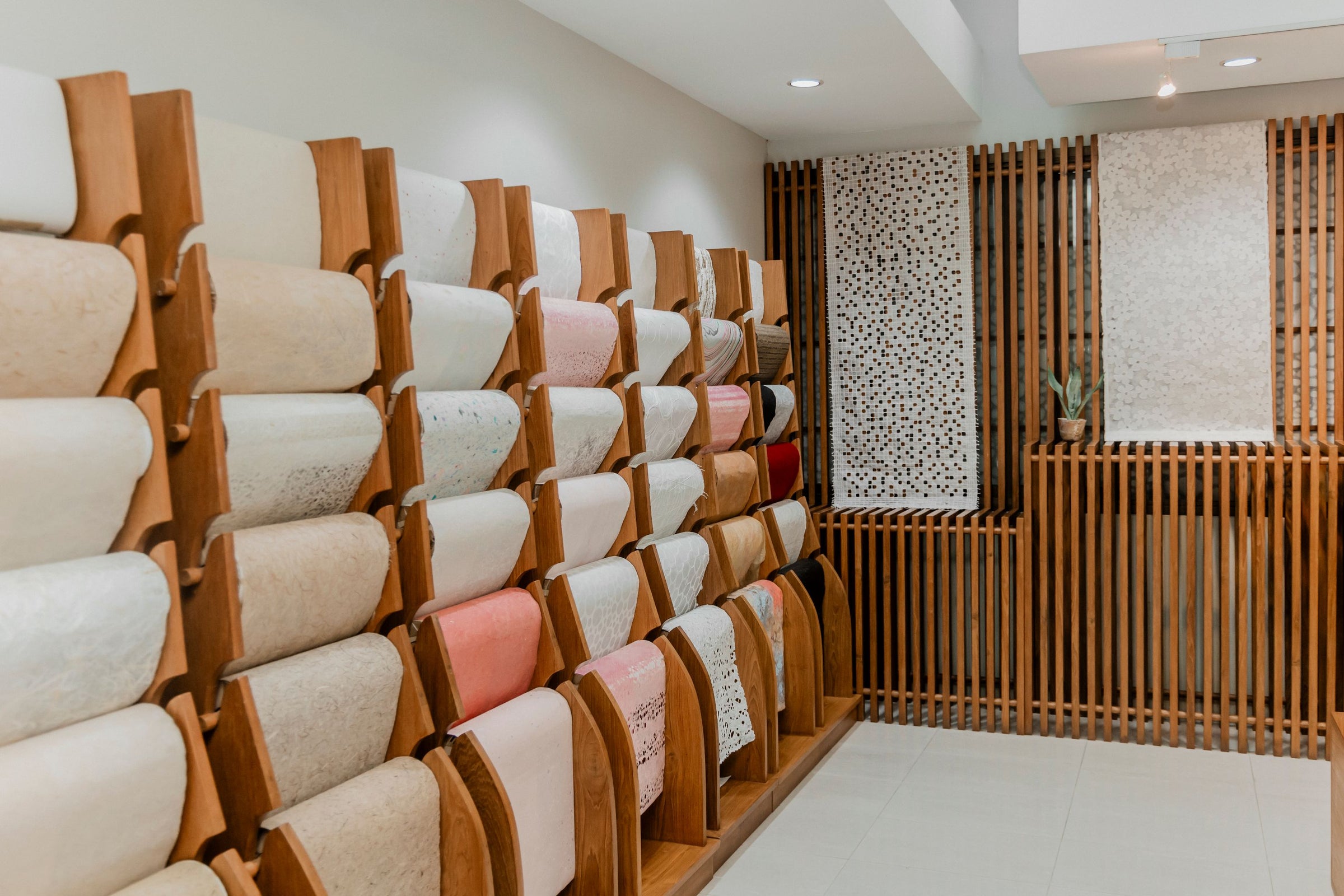Preserving Old Books: A Guide to Paper Conservation with Kozo Paper
Old books and documents are a treasure trove of knowledge and history. However, over time, the paper used to make these books can become damaged and brittle, making it difficult to read and handle them. This is where paper conservation comes in - the process of restoring and preserving paper-based artifacts to ensure their longevity.
One of the best methods for paper conservation is using kozo paper or washi. Today, we will explore how The National Library of Thailand (NLT) repair and conserve rare and historic documents using our Conservation Kozo Papers.

The National Library of Thailand

The National Library of Thailand's book repairing workshop
I would like to express my gratitude to akungklong for providing the pictures used in this article, as well as to The NLT for taking the time to share their valuable insights and knowledge with us. The images used are credited to akungklong and were used with his permission. We are grateful for their generosity and the opportunity to share their work with others.
Why is washi/kozo paper ideal for paper conservation?
Kozo paper are naturally strong, durable, and highly flexible thanks to their long fibers. They are also pH neutral, which means that they do not contain any acidic components that could damage the paper in the long run. This makes them ideal for paper repair and conservation, as they do not yellow or weaken over time like regular paper. Moreover, extremely thin kozo paper is highly translucent, allowing the contents on the original paper to clearly show through. The texture and appearance of kozo paper also compatible with original paper used in old books, making the restoration look natural and authentic.
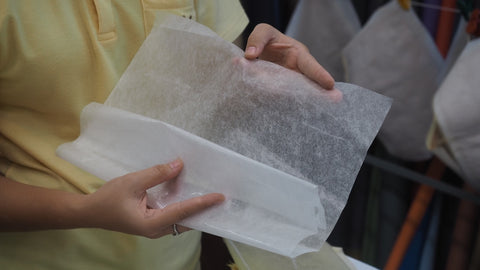
Kozo Studio's conservation paper (White Conservation No.1 8.5 gsm)
How is washi/kozo paper used in paper conservation?
- Brushing: The first step in paper conservation is to remove any dirt or debris from the pages. This is done using a soft brush or a gentle vacuum cleaner.
- Assessing: Then, we carefully assess the condition of the book or document. This involves identifying any areas of damage, such as tears, stains, or fading. The NLT also examines both the paper's acidity levels and the ink's susceptibility to smudging when exposed to water. If these issues are present, they need to be addressed by deacidification sprays and coating solutions before the conservation process can begin.
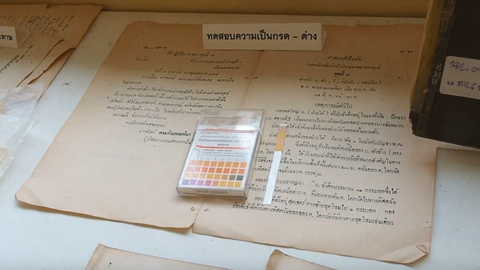
- Reinforcing: After the preparation is finished, the original paper is ready for reinforcing. This is the process of attaching the original paper with a thin layer of kozo paper. The kozo paper acts as a protective layer, preventing further damage and slowing down the deterioration process. This process can be broken down into 7 steps.
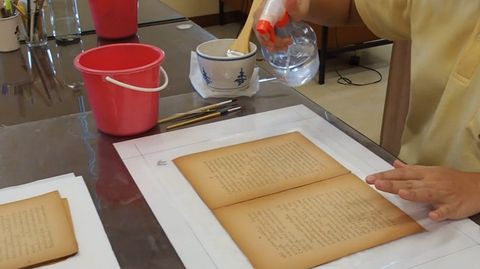
2. Applying methylcellulose adhesive on top of the paper.
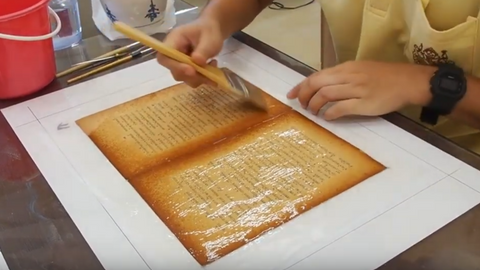
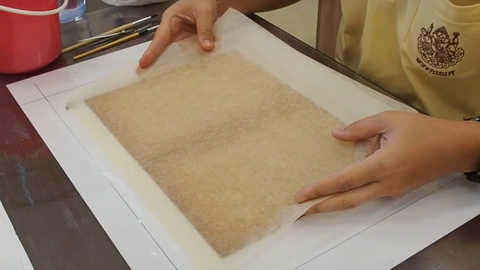
4. Using a sponge to remove any air bubbles on the now attached paper.
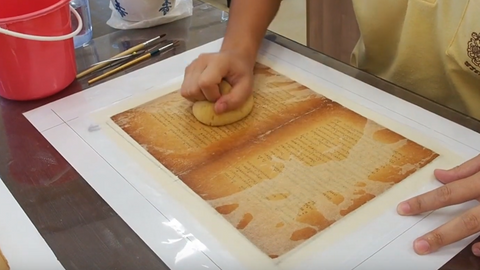
5. Applying methylcellulose adhesive on top of both paper.
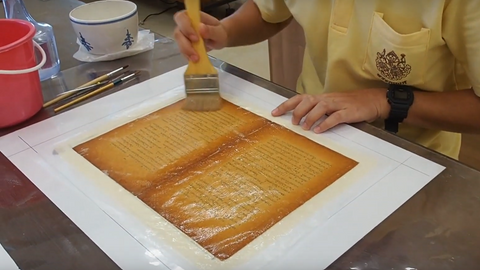
6. Flipping to the other side and adding a slice of kozo paper to strengthen the area around the gutter (the blank space down the center where the pages are bound together) of the book.
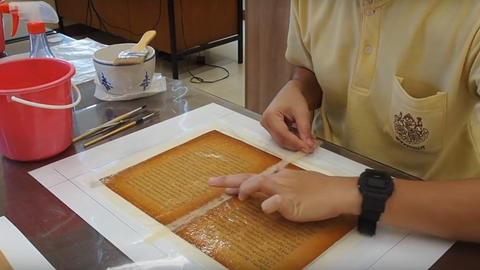
7. Repeat the process 1-5 on the other side of the paper.
- Drying: The paper can now be left to dry for 24 hours at room temperature.
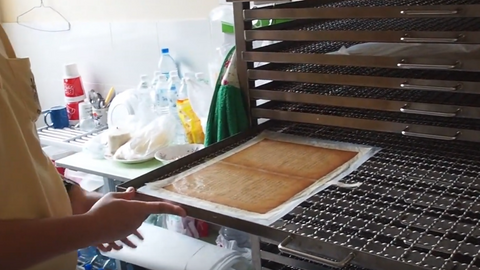
- Pressing: When dried, a weight is placed on top of the paper(s) to flatten the surface.
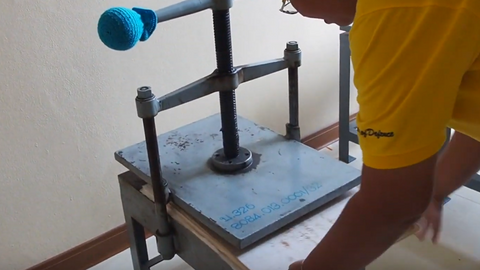
- Finishing: Remove the excess border, and the paper is now ready for bookbinding!
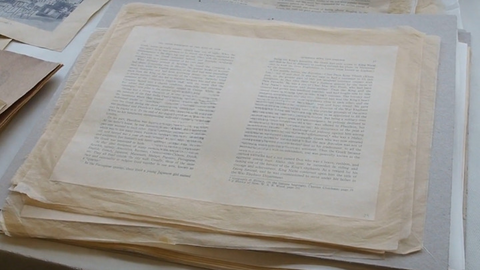
What papers does the NLT use?
- Conservator No.1 (8.5 gsm): This is the main paper that the NLT uses to restore and preserve paper artifact. Conservator No.1 is a premium grade washi paper made with kozo pulp that is free of acid and chlorine. This refined paper is not only extremely thin and translucent, but also strong and flexible, making it perfect for museum-quality conservation techniques. The NLT also created special kozo tape made of this paper to repair small tear on the paper as normal transparent tape will damage the paper over time.
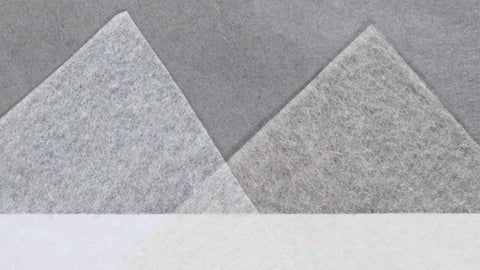
Kozo Studio's Conservator No.1 (8.5 gsm) in white and natural colors.
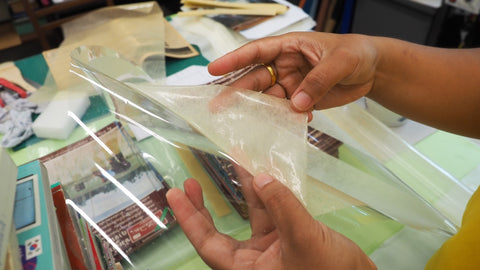
Ready-to-use Kozo Tape created by the NLT
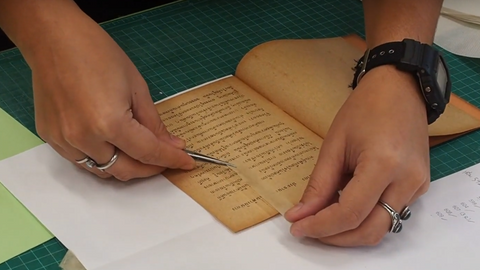
Fixing small tear using Kozo Tape

Normal transparent tape will damage papers overtime
- Conservator No.2 (35 gsm): Using the same premium-grade kozo, this paper is thicker and is used as wrapping paper for artifacts or as book cover. It can also be adhere to the back of paintings or documents to support the original papers.

Kozo Studio's Conservator No.2 (35 gsm) in natural color

Ancient scrolls backed by Conservator No.2 (right) and repaired by leafcasting technique (left)
Using kozo paper in paper conservation is a great way to protect important paper-based artifacts for a long time. The NLT is doing an amazing job in this field, and it's really worth appreciating their efforts. Apart from the NLT, Kozo Studio's conservation papers are also being used in the National Archives of Thailand and several museums both inside and outside of Thailand.
And guess what? You can get your hands on these papers and try it out for yourself! Other materials listed here (e.g. methylcellulose and deacidification spray) can be easily found online or stationery shop near you. Just make sure to make a trial run first :)
Check out the videos by akungklong (they're in Thai):




